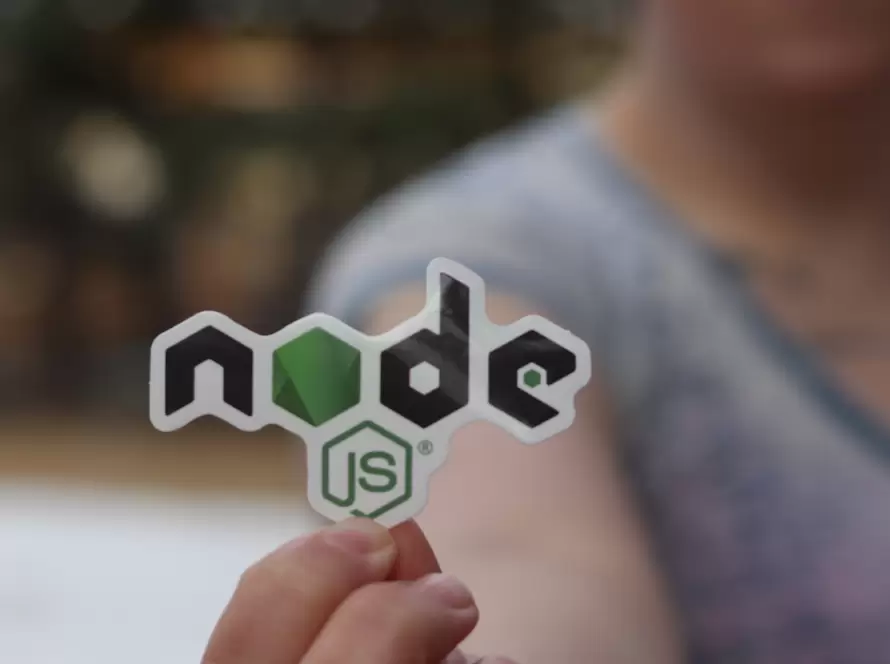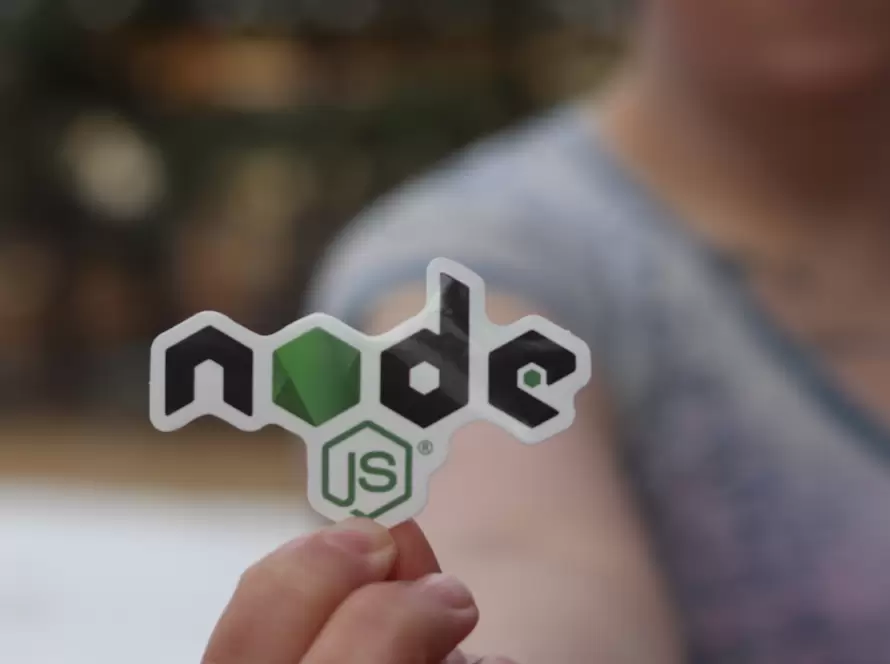Generated by Contentify AI

Are you looking to enhance your data visualization skills? Look no further! In this blog post, we will guide you through the process of using Node.js and MongoDB to create stunning visualizations.
Node.js is a powerful JavaScript runtime environment that allows you to run JavaScript code on the server side, while MongoDB is a popular NoSQL database that stores data in a flexible, JSON-like format. Combining the two technologies can lead to impressive results when it comes to data visualization.
First and foremost, you need to set up a Node.js environment on your machine. You can easily do this by downloading and installing Node.js from the official website. Once installed, you will have access to the npm package manager, which will prove essential for our data visualization project.
Next, you will want to install the MongoDB driver for Node.js. This driver will allow you to connect to your MongoDB database and perform various operations. Installing the driver is as simple as running a single npm command, and you will be up and running in no time.
Once your environment is set up, it’s time to start visualizing your data. Using the power of Node.js, you can fetch data from your MongoDB database and transform it into visual representations such as charts, graphs, and maps. There are numerous JavaScript libraries available, such as D3.js and Chart.js, that can help you achieve this goal.
To summarize, using Node.js and MongoDB for data visualization provides a dynamic and flexible approach to presenting your data. With the right tools and libraries at your disposal, you can create visually appealing and interactive visualizations that will undoubtedly impress your audience. So, why wait? Start exploring the world of Node.js and MongoDB for data visualization today!



